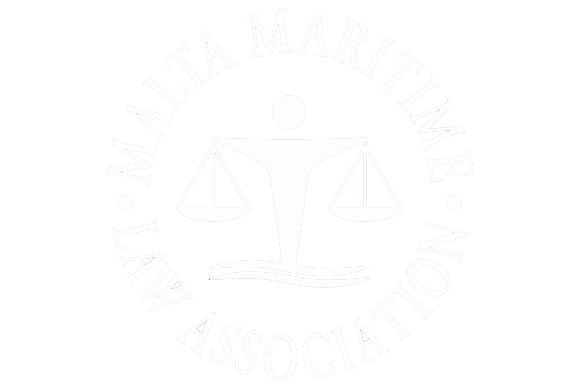An action for damages requires that there must be a direct link between the action and the consequences of that action for it to succeed. This was held in a judgement delivered by the First Hall of the Civil Court on 16 December 2024 in the case Hotel San Antonio Limited vs Dee Nic Mc Gowan et. The Court was presided over by Mr Justice Toni Abela.
Hotel San Antonio Limited filed a sworn application wherein it explained that in 2017, it purchased two properties in St Paul’s Bay. These properties were intended to house the accounts department of the DB Group. The Defendants own the property above these properties.
The company intended to put 30 people in these properties. It also claimed that the structure is unsound and dangerous. The accounts department is now placed within the building of the hotel. The company also invested €18,906 for remedial works to be carried out in the properties. The Plaintiff company’s architect said that there is structural damage in the whole block and the Defendants failed to do maintenance works. The company asked the court to order the Defendants to pay the repair works and damages.
The Defendants filed two statements of defence in which they said that the action was only being used by DB to pressure them to sell the property because it is adjacent to the hotel. They held that the investment made was in the company’s property and was used to upgrade the properties it had just purchased and intended to accommodate 30 people. The Defendants insisted that the damages the company has in its property was never caused by them.
Mr Justice Toni Abela analysed the evidence brought before him and the points of law raised by the parties. The court held that Article 1031 of the Civil Code is the basis of this action. It reads: “Every person, however, shall be liable for the damage which occurs through his fault.”
The legal principle is that who causes damage is responsible for the consequences of that damage. The following article of law states that for one to be responsible for damages he or she must have not acted prudently or diligently nor as a “bonus paterfamilias”. This may be done due to actions taken or else by omission.
The Plaintiff must prove that the damage sustained is a direct consequence of the action or omission of the defendant. In the case of negligence, case law has described this as a voluntary act that fails to predict the effects of that act when they could have easily predicted the consequences. This was echoed in Michael D’Amato noe vs Filomena Spiteri, decided on 3 October 2003 and Paul Azzopardi et vs Charles Grech, decided by the Court of Appeal on 15 December 2015.
As for the case at hand, the Court pointed out that the Plaintiff company purchased the property in April 2017. The contract showed that the property was built some time in 1965. The company’s architect testified that when the property was purchased there were signs of deterioration. The Court did not believe that if there were extensive damages to the property, the company was not aware of them when it purchased the property.
The contract of purchase included the standard guarantees and the court questioned why the plaintiff company did not take action against the sellers if it was a case of latent defect. The company’s architect held that the damages were caused because of the age of the structure and the life span of the concrete had expired. In fact, the quality of the concrete is not good. The humidity is affecting the ground floor and if the concrete was of good quality this would not happen.
The court-appointed expert had a different view and said that the Defendants did not cause the damage. This is because there is another property between the properties of the Parties. The water ingress is coming from the ground up and not the other way round and showed that the ground floor level of the property was humid. The same architect pointed at the bad quality of the concrete and the bad workmanship when the property was built. The Court held that it should not discard the expert’s conclusions and instead agreed with them. Therefore, the Court concluded that there was no connection between the act and the consequences of that act.
The damages suffered by the Plaintiff company were not caused by the Defendants.
The Court then moved to turn down the Plaintiff company’s claims and upheld one of the Defendant’s pleas.
Av. Malcolm Mifsud
Partner
Mifsud & Mifsud Advocates
This article may also be accessed on MaltaToday.
For more information you can contact one of our Team Members at Mifsud & Mifsud Advocates.











